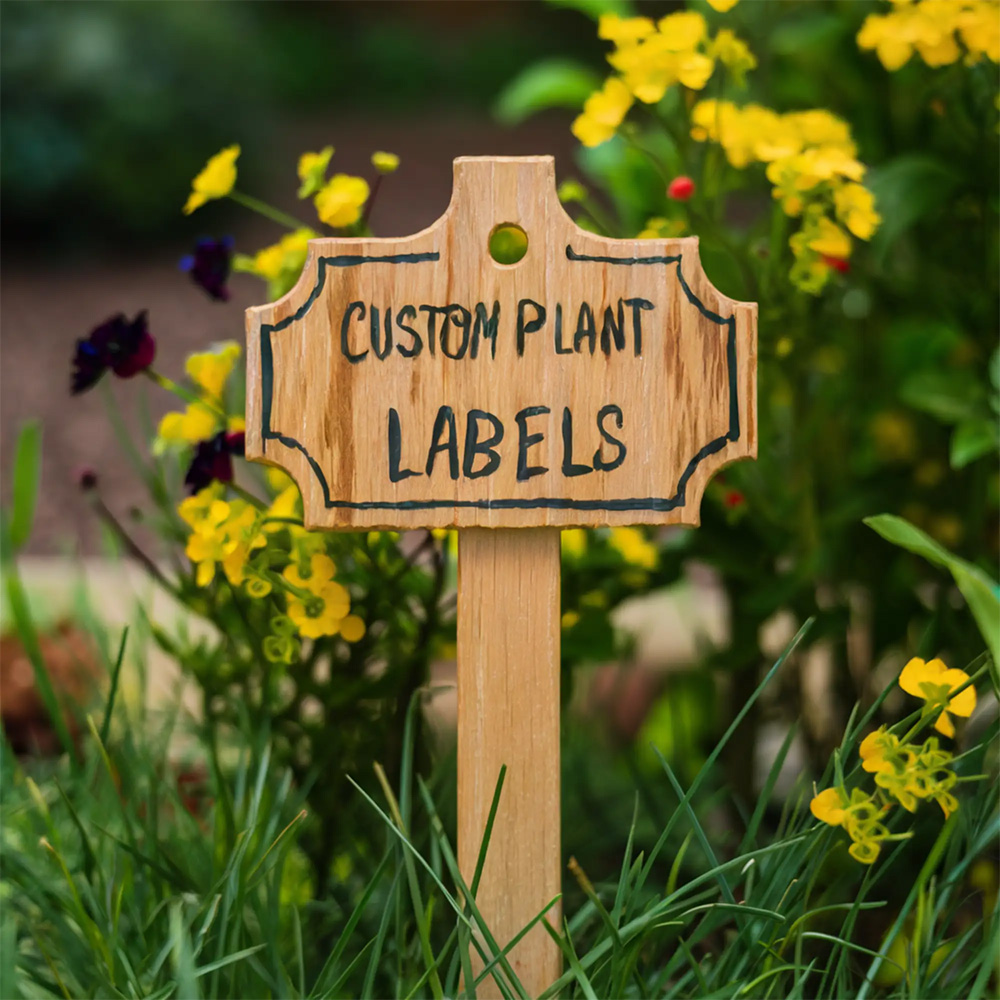
Get the latest information on plant labels and enhance your garden with our stylish, tailored solutions.
These labels are not only essential for plant care but also serve as a valuable tool for educational and commercial purposes. A well-crafted plant label provides critical information that helps users identify, care for, and understand the plant better. This guide will walk you through the four key parts of a plant label—the plant name, description, care instructions, and environmental requirements.
The first and most essential component of a plant label is the plant name, which typically includes both the common and scientific (botanical) names.
Common Name: This is the everyday name that most people recognize, such as “Rose” or “Sunflower.” It’s accessible and easily understood by the general public.
Scientific Name: The botanical or Latin name is used for precise identification. For example, the scientific name for the common rose is *Rosa rugosa*. This two-part name includes the genus (“Rosa”) and species (“rugosa”), which provide specific information about the plant’s classification.
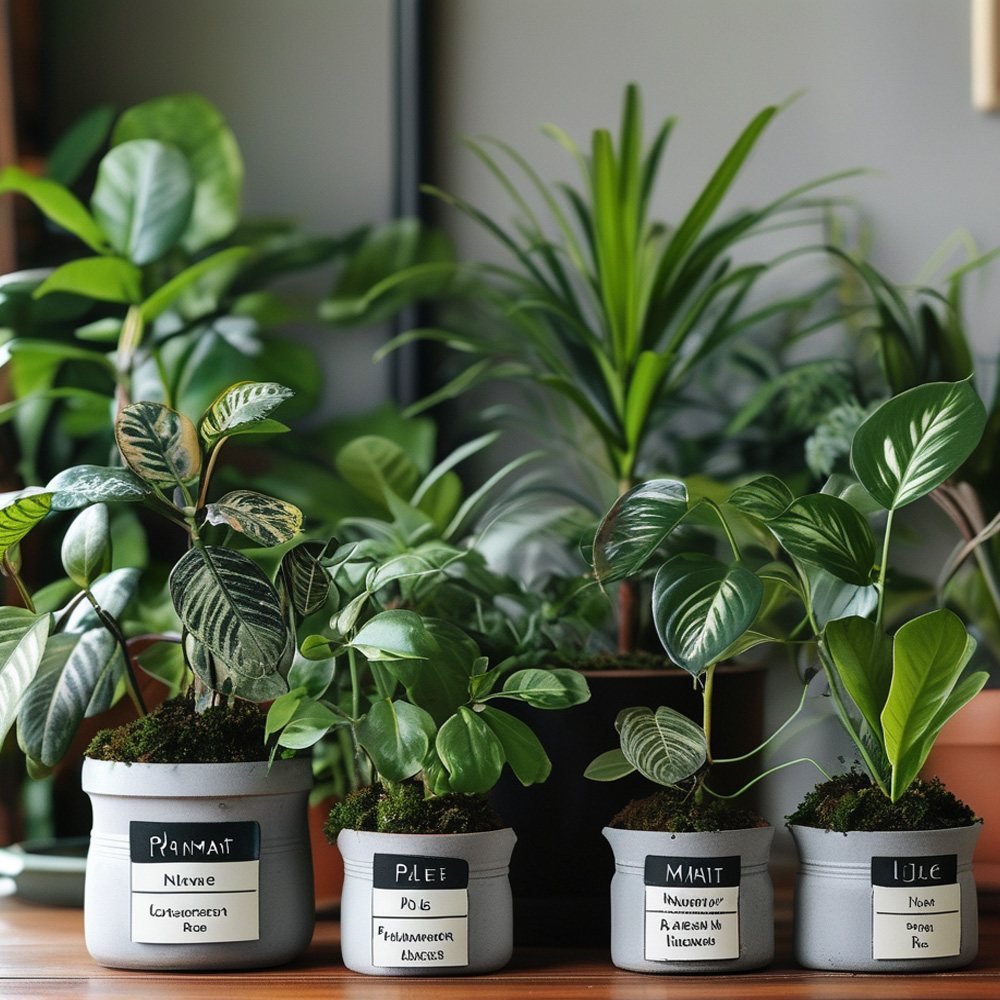
The description of a plant is the second key part of the label and offers important insights into the plant’s physical characteristics and behavior. This section often includes:
Growth habits (e.g., “Compact, bushy shrub” or “Climbing vine”)
Foliage and flower details (e.g., “Dark green leaves with yellow blooms”)
Unique traits (e.g., “Attracts pollinators” or “Produces edible fruits”)
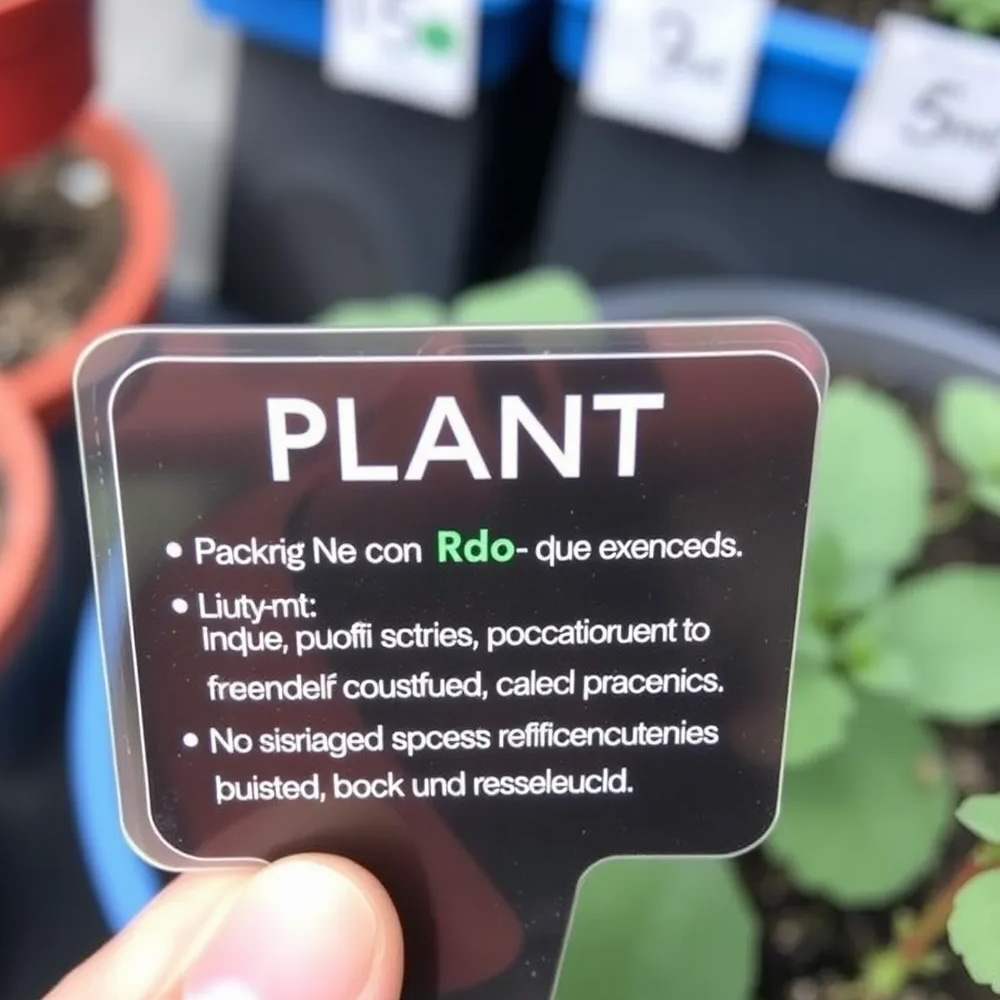
Another critical section of a plant label is the care instructions, which guide users on how to properly maintain their plant. This section typically covers:
Light requirements (e.g., “Full sun, partial shade”)
Watering needs(e.g., “Water when soil is dry” or “Keep consistently moist”)
Soil preferences (e.g., “Well-drained, sandy soil”)
Fertilizing and pruning tips
The final component of a plant label is the environmental requirements, which specify the plant’s ideal growing conditions. This includes:
USDA Hardiness Zone: The range of temperatures a plant can tolerate, helping users select plants suitable for their region.
Temperature and humidity preferences: For example, “Thrives in high humidity” or “Cold hardy to -10°F.”
Sun exposure: Whether the plant prefers full sun, partial shade, or full shade.
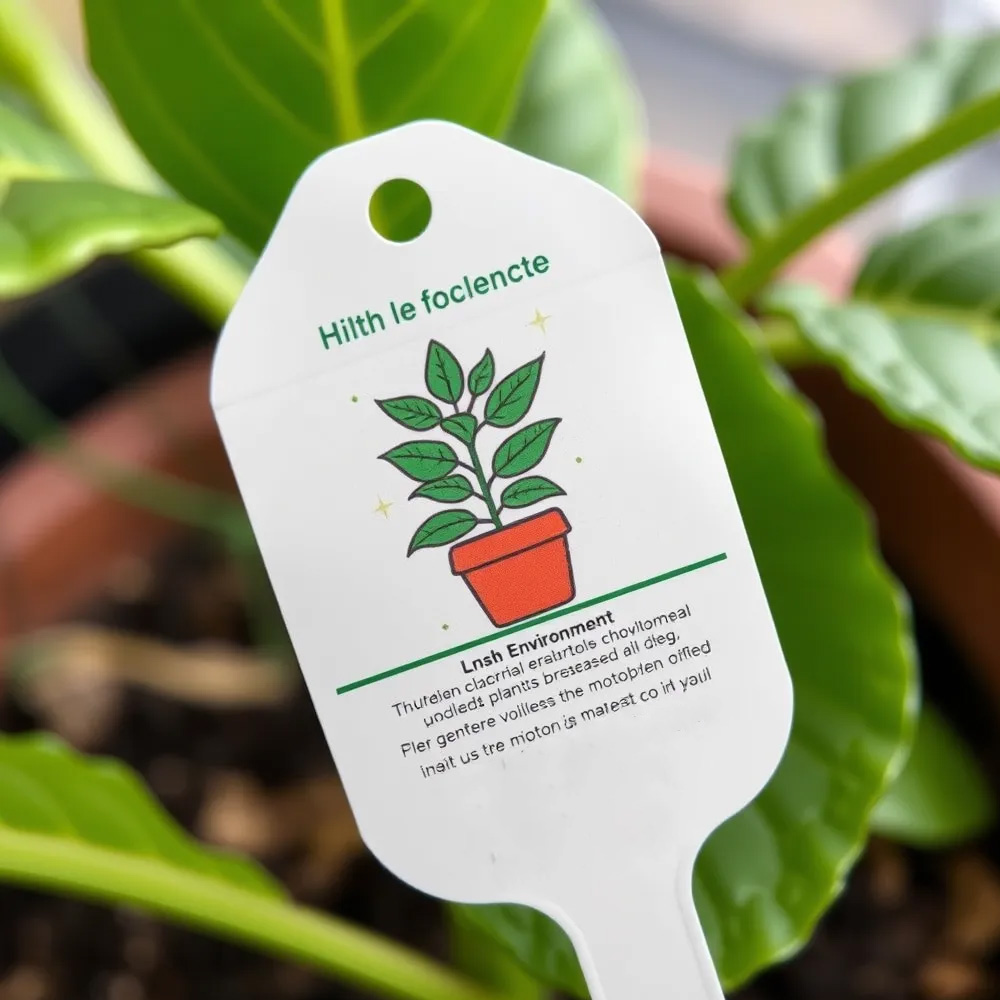
Creating effective plant labels goes beyond listing names and basic facts. A well-rounded plant label includes the common and scientific names, a description of the plant, care instructions, and environmental requirements. Whether you’re labeling plants for a commercial nursery, an educational garden, or your own home, these tips will help you create labels that serve both practical and digital needs.
Get the latest information on plant labels and enhance your garden with our stylish, tailored solutions.
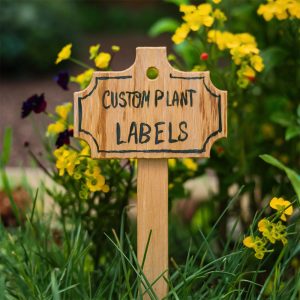
Are you tired of forgetting which plants are which in your garden? Plant labels are the unsung heroes of garden organization, helping both novice gardeners and experienced botanists keep track of their green companions.
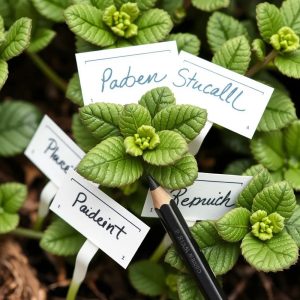
Gardening enthusiasts often find themselves faced with the challenge of labeling their plants in a way that is both durable and legible. The pencil you use plays a significant role in ensuring your garden labels can withstand the elements and stay readable over time.
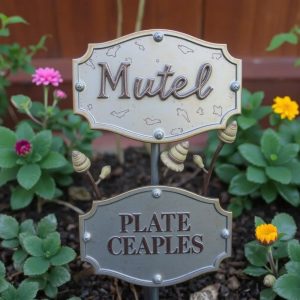
Metal garden decor, including metal plant labels, adds elegance and sophistication to any outdoor space, enhancing its overall aesthetic appeal. However, rust can quickly undermine the beauty and structural integrity of these decorative pieces.
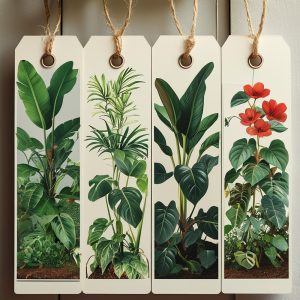
Plant labels play a crucial role in gardening, whether you’re a novice looking to keep track of your new plants or an experienced botanist identifying and categorizing species.
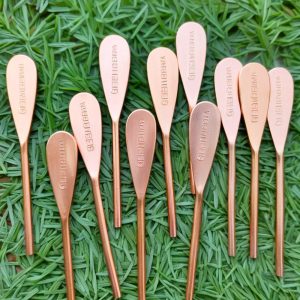
Copper plant markers are an excellent choice for gardeners who want a durable and aesthetically pleasing way to label their plants.
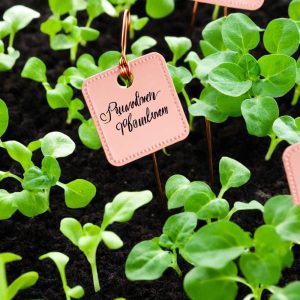
When it comes to writing on metal, enamel paint is a top choice specifically designed for this purpose.
Fill out the form below, and we will be in touch shortly.